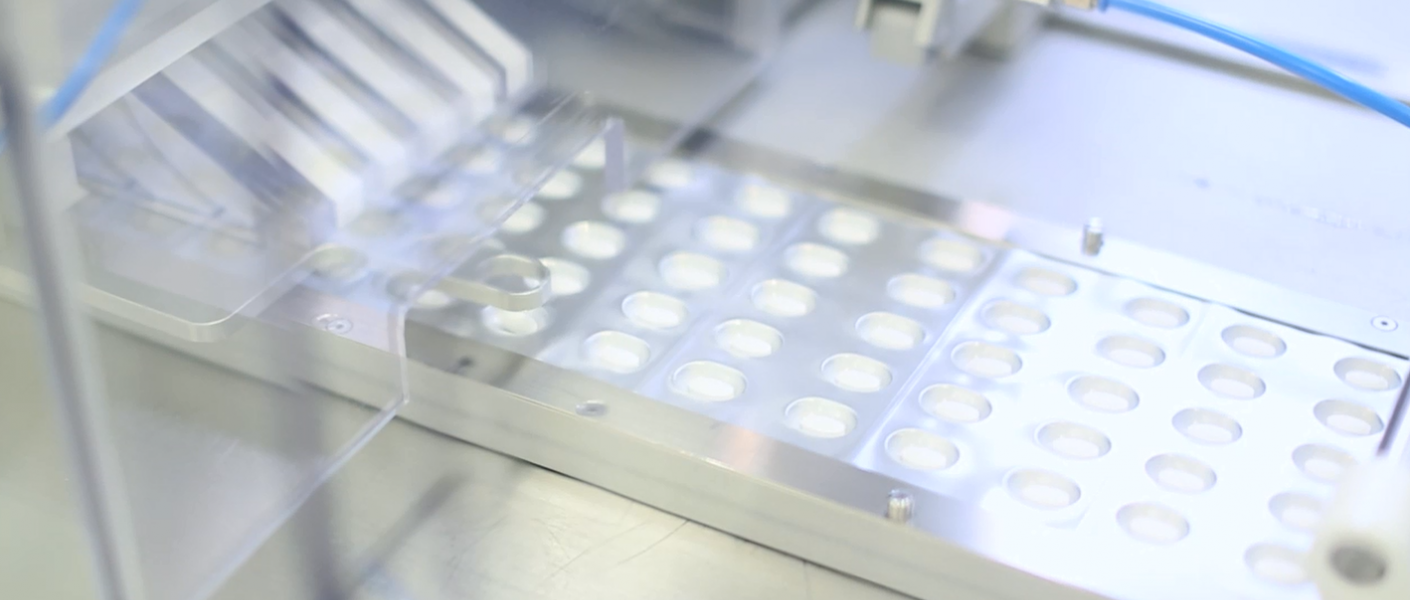
How has technology helped shape the innovation of drug dosage forms and support patient-centric goals?
For a long time, drug developers have kept their focus on formulating drugs that effectively treat a disease and manage its symptoms. While essential, this can often take attention away from the needs of the patient receiving the treatment.
It’s important that drug developers gain an early understanding of the approaches required to offer the most therapeutic value to patients - while also making these treatments as patient-centric as possible.
One of the key drug dosage areas undergoing substantial growth is the oral solid dose (OSD) market, currently worth $7.2 billion USD, with highly potent active pharmaceutical ingredients (HPAPIs) driving much of this growth. Traditionally found in most parenteral formulations, HPAPIs are now being used in more OSD treatments to increase patient centricity and dosing convenience.
So, what are the key drug dosage form trends happening in this space, and how can we expect them to change the future of patient-centric treatments? Our Director of Operations Dierdre Whelan recently spoke on this in the latest issue with Pharmaceutical Manufacturing and Packing Sourcer magazine, and she explains more here.
Solving poor solubility issues of OSD APIs
The pharmaceutical industry is now moving away from a one-size-fits-all approach to drug development towards treatments that are more tailored to patient populations.
Traditionally, highly potent drug formulations have been delivered to patients in parenteral forms, which often require administration in a clinical setting by healthcare professionals to ensure safety and compliance.
However, delivering these drugs in OSD form via tablets or capsules is preferable for both patients and healthcare professionals, as they boost patient compliance and convenience while freeing up time for healthcare professionals.
As a result, OSD development has expanded into new directions as developers seek ways to utilize this patient-centric form of treatment. But there are significant challenges that must be overcome to solve the API release issues of highly potent formulations.
Developing poorly soluble APIs into OSDs entails more complex chemistry, with process and preparation of batches very labor intensive and requiring specialist machinery. Depending on the demands of API chemistry, manufacturing the finished form may require more steps, and require longer lead times to create a validatable and compliant commercial scale process.
Overcoming patient centricity issues with the latest OSD innovations
Pharma is working hard to overcome these solubility issues as well as unknotting undesirable side effects and other patient-centered issues such as frequency and sizing of the individual dose.
For example, dose form manufacturing techniques like amorphous solid dispersions (ASDs) and multiple unit pellet system (MUPS) technologies have made a great impact on the efficient, effective delivery of problematic actives through the GI tract.
Osmotic pump tablets are another example with great potential. Coated with a semi-permeable membrane, the tablet is breached in one location by a laser-drilled port. Water permeates through the membrane, dissolving excipients in the core and thus raising the internal pressure. The raised pressure in the core causes the contents to be forced through the laser-drilled port at a constant rate.
The benefits of osmotic pump technologies:
- Zero-order drug release (i.e., drug is released at the same rate over a given period of time)
- The drug release rate is independent of the gastric pH
- The release rate from the delivery system is not affected by the presence of food (i.e. no food effect)
- High degree of in-vitro/in-vivo correlation with these kind of delivery systems
- Single daily dose is achievable
Looking to the future of OSD technologies
OSD technologies and processing techniques such as these are increasingly well understood by pharma’s commercial manufacturing partners. Consequently, they are increasingly being put to work to deliver complex and often potent compounds to patients successfully.
As we look ahead to ensure the success of future OSD innovations, it's key that pharma outsourcing partners engage their contract partners early. By Phase II, finished dose formulation success relies on many factors plus experience in scaling and the finer points of technical transfer.
This is especially important with OSD forms due to their expanding complexity. If there is any doubt a manufacturing partner can’t accomplish this seamlessly, then it is likely the collaboration will have trouble living up to expectations, timelines and budget.
Although comprehensive technical capabilities can be a good indicator of a superior partner, the deeper a partner’s experience goes and the more proven its success at commercializing complex OSD formulations, the better they will be stewarding a high-potential API through all traps and on to commercialization.
Ready to start your next OSD development journey? Discover what makes us different from other CDMOs and start your next OSD project with confidence.